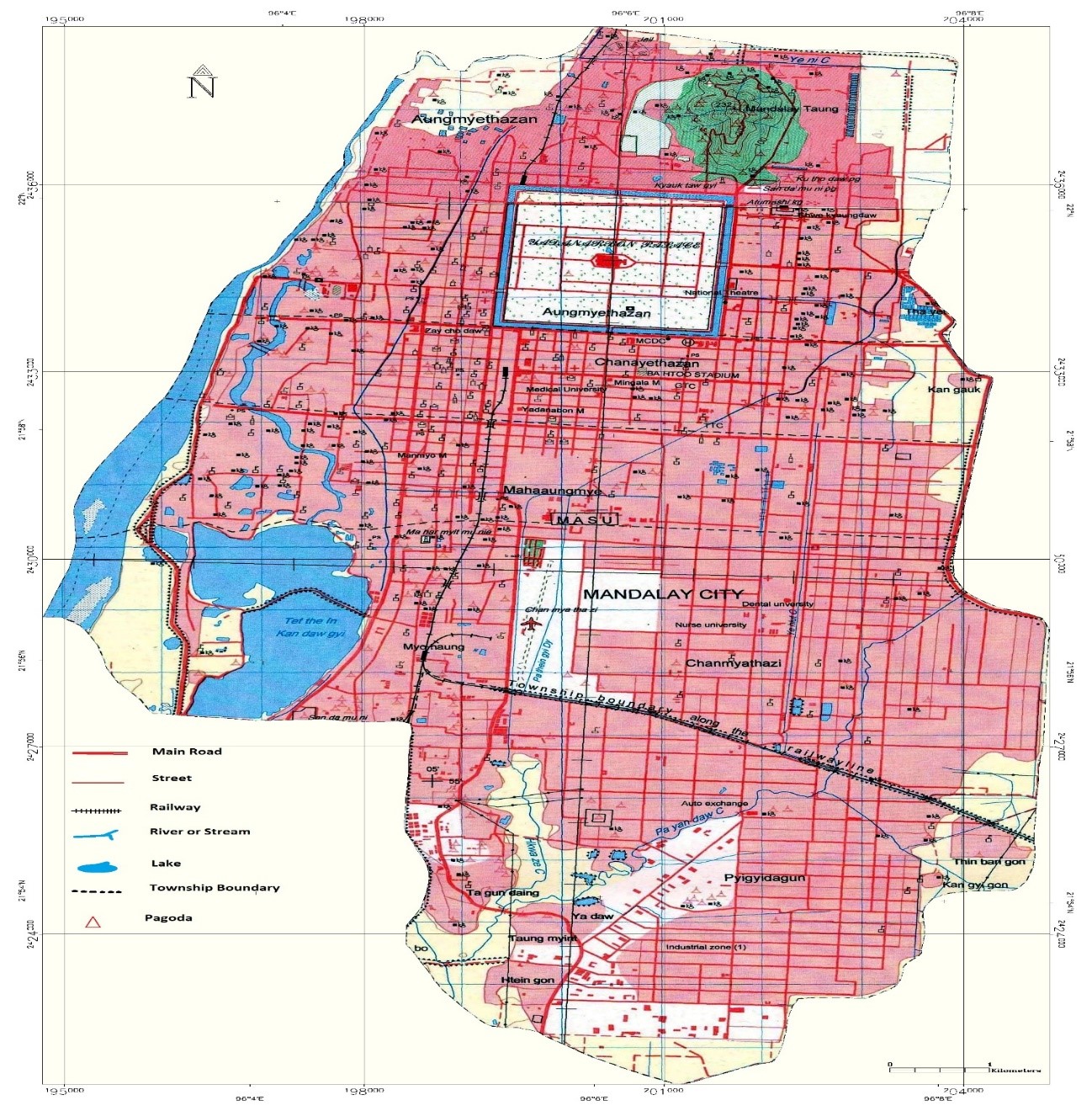Assessment of Non-Revenue Water Situation in Mandalay City: Response to the Management of Sustainable Water Supply System in Mandalay City
Main Article Content
Abstract
Mandalay city is experiencing inefficient use of groundwater resources and inadequate water supply system to residents. The study focused on the issue of non-revenue water (NRW) and stakeholders’ perception on its management in order to design the remediation measures for the water lost controls and the sustainable water supply system. A total of 134 samples of water employees, and 383 households were assessed through structured questionnaires. It has been found that more than 50% of the water employees are not aware of the NRW concept. Furthermore, over 90% of the water users are not willing to participate in water management. The WBEasyCalc software version 4.09 was used to determine NRW and the result of NRW is 46% of the total system input volume. The main causes of water losses in Mandalay city are: 1) a very low pressure system; 2) poor-quality repairs; 3) lack of regular maintenance; 4) water employees’ insufficient knowledge; 5) lack of awareness about the NRW concept; 6) poor customer relationships; and 7) water users’ lack of willingness to participate in the water losses management. Therefore, it is recommended that water utility service efficiency be optimized by giving capacity building to the water employees. It is also recommended that district metering areas (DMA) be introduced and good customer relationship be established. This is to improve the water users’ willingness to participate in the water losses management for the efficient use under scarcity groundwater resources and for the sustainable water supply system.
Article Details
Published articles are under the copyright of the Environment and Natural Resources Journal effective when the article is accepted for publication thus granting Environment and Natural Resources Journal all rights for the work so that both parties may be protected from the consequences of unauthorized use. Partially or totally publication of an article elsewhere is possible only after the consent from the editors.
